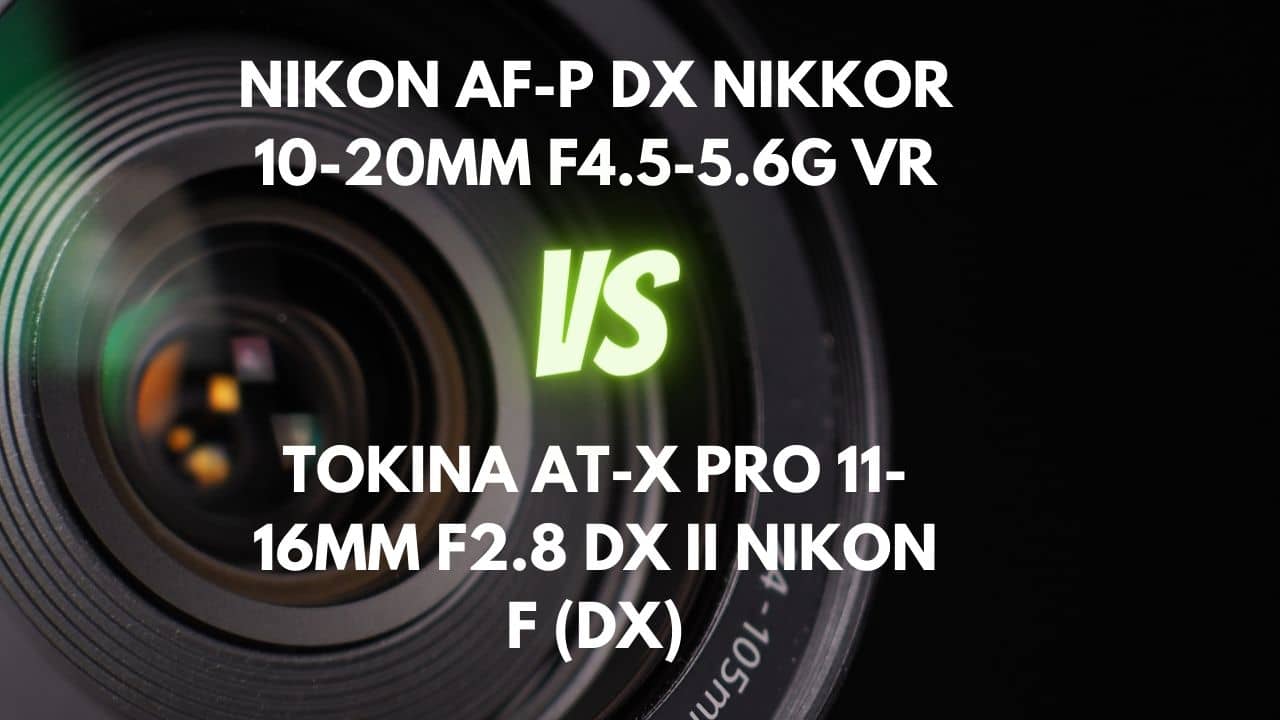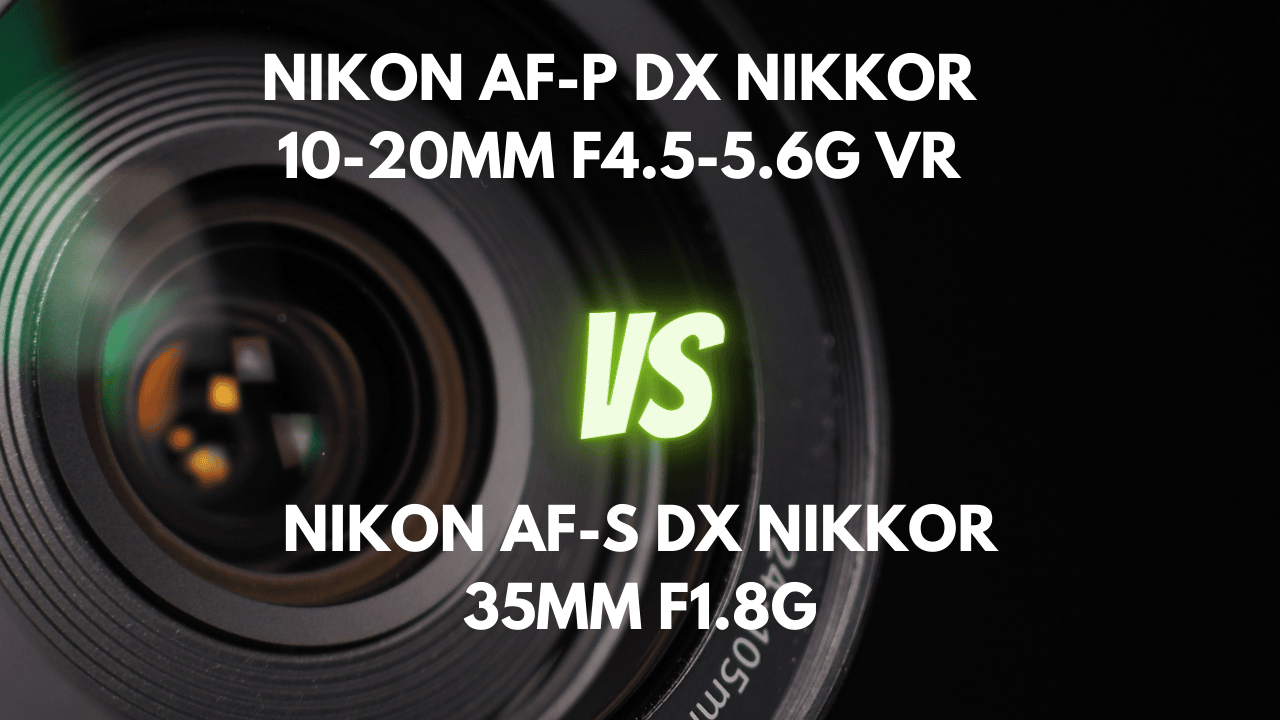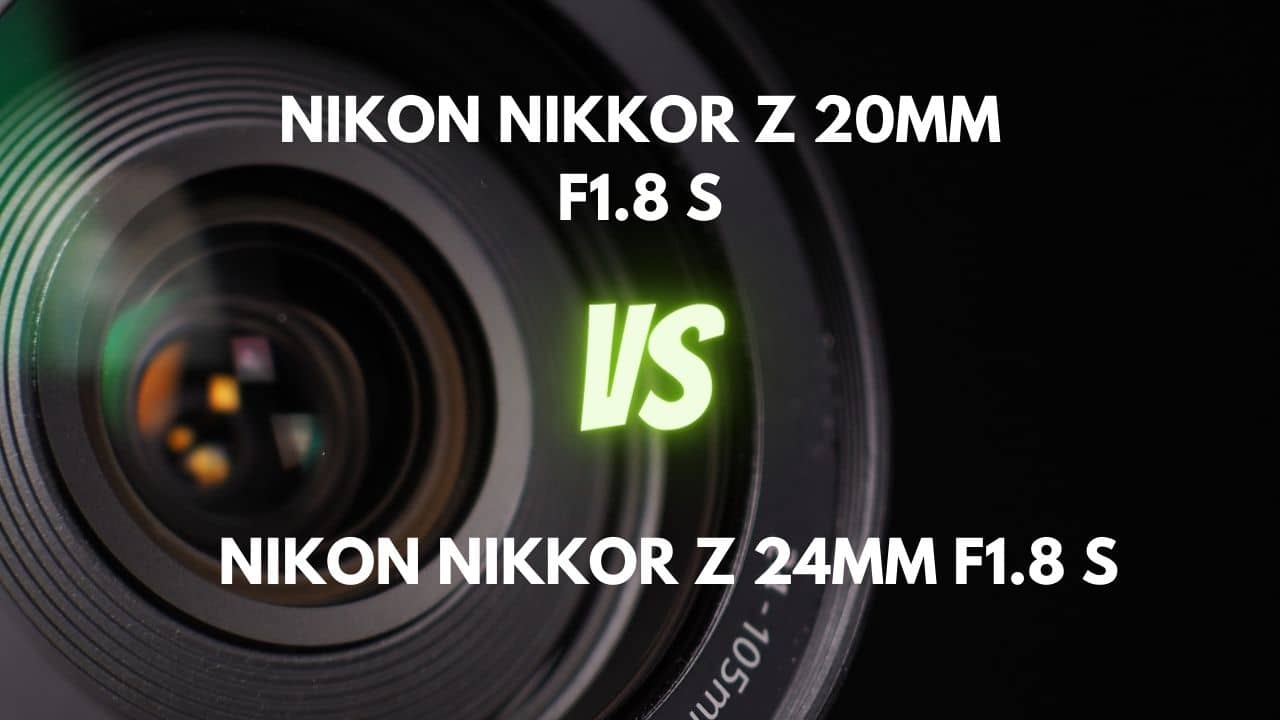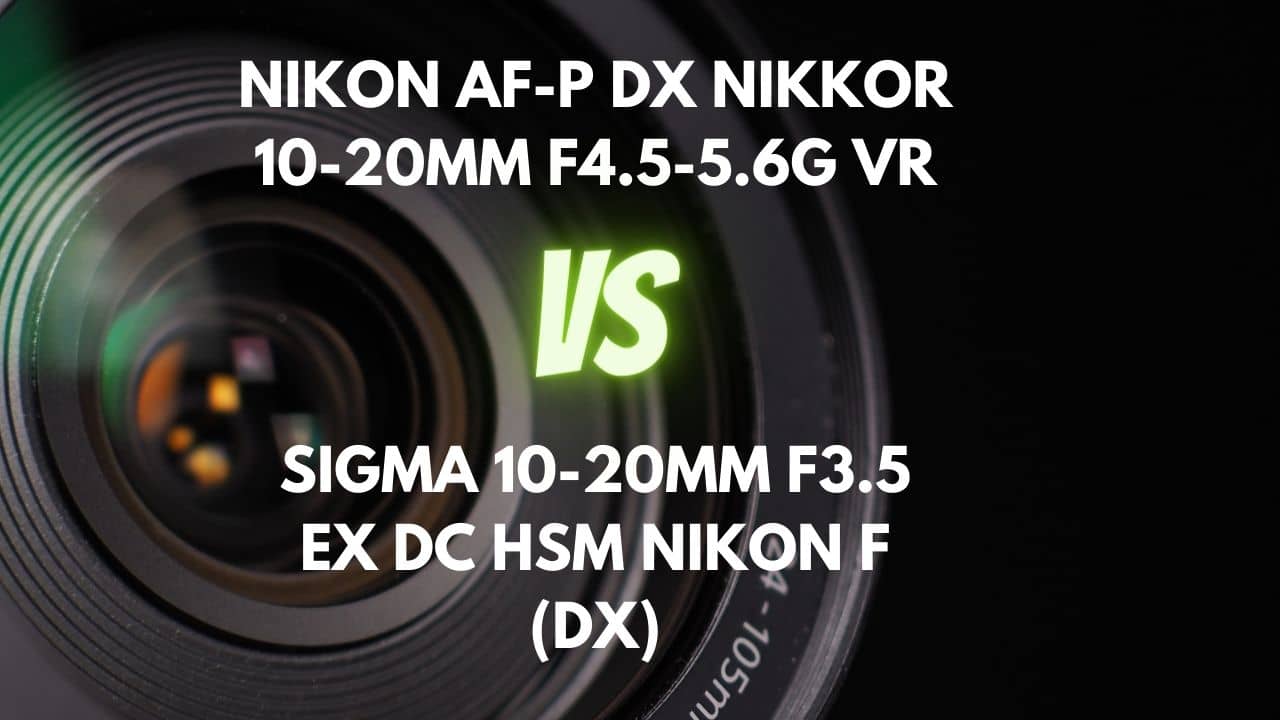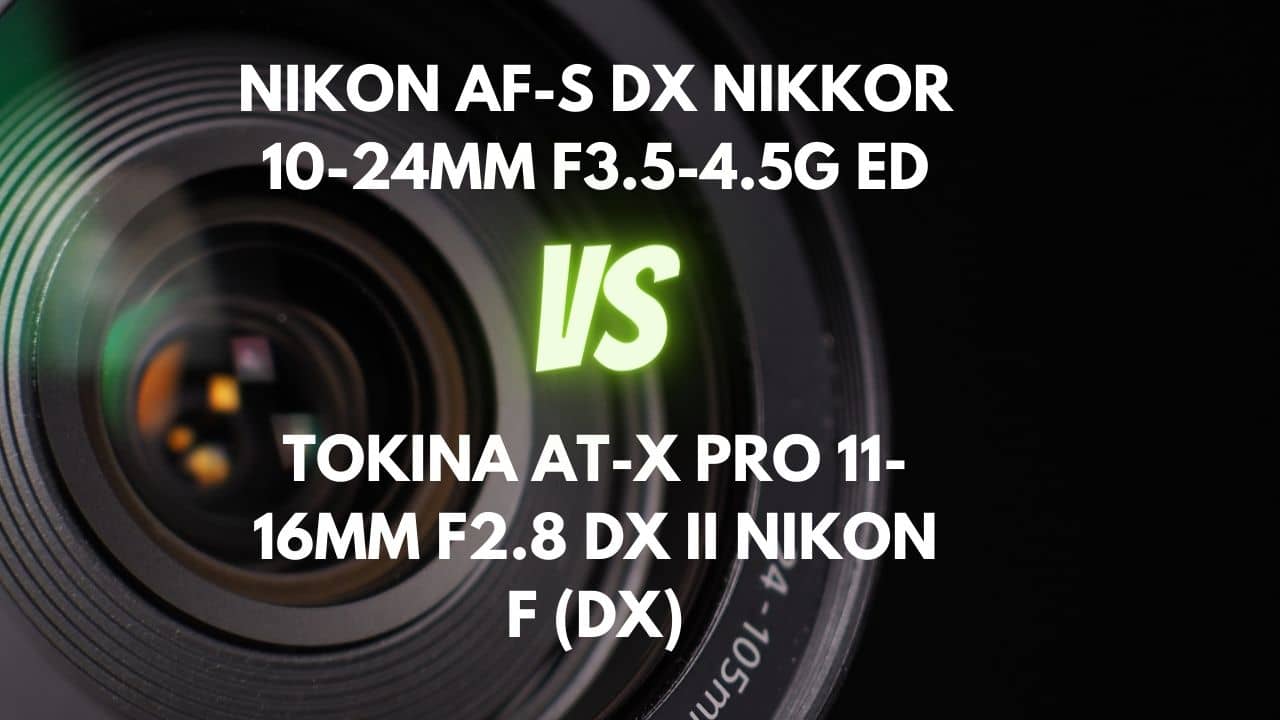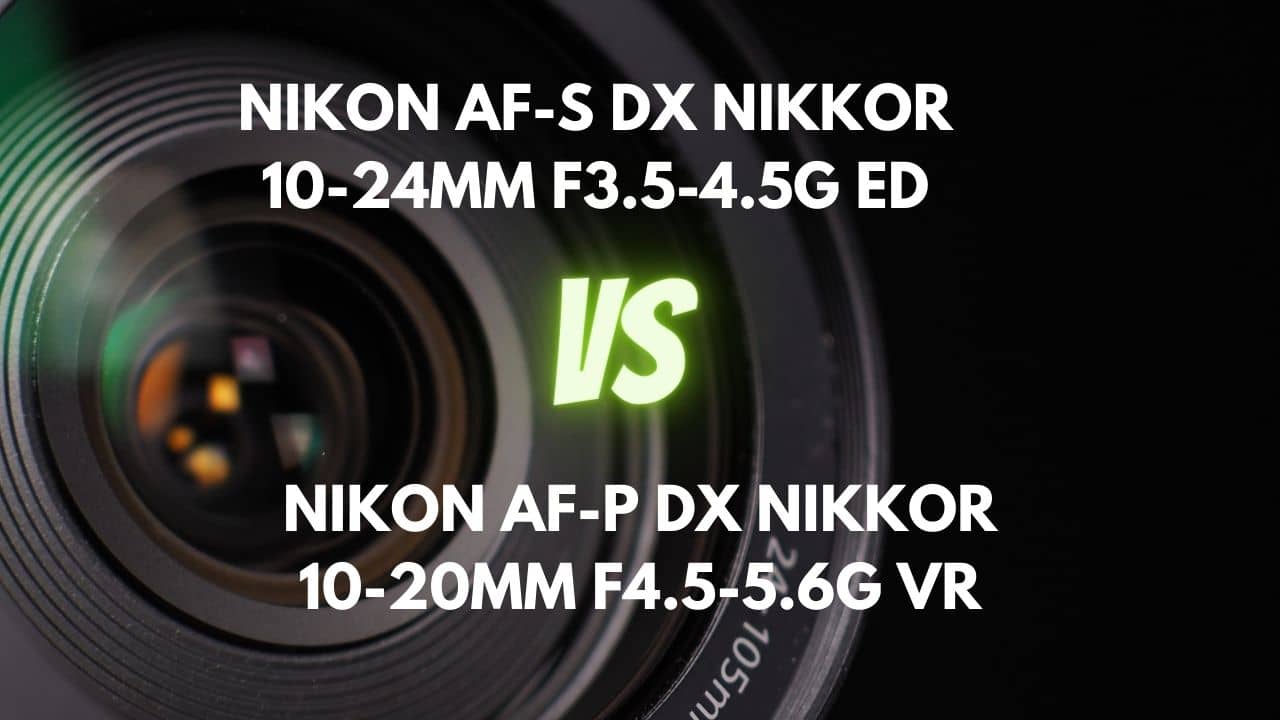The Nikon D7500 is one of the most versatile DSLR cameras on the market. The built-in high ISO sensitivity is perfect for photography in low lighting situations, and especially so when combined with the right lens. We’re going to touch on 4 of those lenses that can enhance the night-time capabilities of any Nikon crop-sensor DSLR camera, including the Nikon D7500.
What are the best astrophotography lenses for Nikon D7500?
Tokina AT-X 14-20mm F2 PRO DX
The first lens that we’re going to dive into is the Tokina AT-X 14-20mm F2 PRO DX. What makes this lens so well suited for photographing that night sky, or that breathtaking image of the milky way, is the large aperture and wide angle zoom.
The large, F2 aperture allows for a lot of light entry, which lends itself to high resolution photos in the low lighting environments associated with astrophotography and is available across the entire zoom range.
More importantly, with the same ISO, a large aperture lens shortens the exposure time and reduces the likelihood of star trails.
The high level of light entry will also allow the camera to focus more effectively in low lighting.
The 14-20mm wide angle zoom allows for the incorporation of a large amount of scenery into the image, making this lens perfect for capturing larger landscapes and creating the imposing feeling of the vastness of the night sky.
The technology wrapped up in this lens facilitates sharp, high-resolution images, at the same level expected with prime lenses.
This technology includes a silent drive module that works to provide more accurate and quicker auto-focusing.
The lens boasts a robust construction, containing an all-metal lens barrel designed for reliability.
This D7500 lens also incorporates a rubber weather seal gasket around the mounting base, which offers some protection for outdoor photography.
And of course, the lens sports some desirable ergonomic designs as well, such as the one-touch focus clutch mechanism, which allows for seamless switching between auto and manual focus functions.
Pros
- Wider aperture through entire zoom range
- Weather sealed
Cons
- No image stabilization
- Less economical
Sigma 30mm F1.4 DC HSM
Next, we’re going to look at the Sigma 30mm F1.4 DC HSM lens. This D7500 lens is a prime lens, meaning there is no zoom function. However, prime lenses typically sport higher quality images at their fixed focal length.
At a focal length of 30mm, this lens provides a field of vision nearly comparable to that of the human eye.
One of the first things that stands out is the F1.4 aperture. This large aperture is one of the primary reasons this lens is perfect for astrophotography, allowing the light from all of the stars to be produced in a high-resolution image.
Beyond the large aperture of this lens, it also has a construction that is worth bragging about. The lens is coated in a Super Multi-Layer coating that minimizes lens flare and ghosting.
It also sports it’s proprietary HSM (Hyper Sonic Motor), coupled with an optimized auto focus algorithm, to provide super-fast auto focusing.
The lens, of course, is equipped with a switch that will toggle to manual focus mode and allow for manual focusing by way of a smooth rotating focus ring.
The lens is constructed of thermally stable composite material, which allows for flexibility in temperature variations, like those you might find in the desert.
All of this comes built in a lens that is lightweight at just under a pound.
Pros
- Very large aperture
- Small and lightweight
Cons
- Fixed focal length
- Less economical
- Not weather sealed
Nikon AF-S DX Nikkor 35mm f/1.8G
The Nikon AF-S DX Nikkor 35 mm f/1.8G lens is another prime lens that is more than fantastically suited for astrophotography.
Its construction is lightweight and durable, at around half of a pound.
The barrel is constructed of hard polycarbonate and sports a metal lens mount. The fast f/1.8 aperture is well-equipped to handle low lighting situations.
It has proven to produce bright photos, in nearly all light settings, that are crisp and clear.
The 35 mm focal length is versatile and perfect for providing a more natural angle of view and incorporating a large subject, such as a skyscape.
This D7500 lens also provides a manual focus ring as well as built in auto-focusing with Nikon’s Silent Wave Motor, which is quick and quiet.
Focus control is toggled by an on-lens switch. This lens also utilizes a non-spherical element to help minimize lens aberrations.
Pros
- Large aperture
- Small and lightweight
- Very economical
Cons
- Fixed focal length
- Not weather sealed
- No image stabilization
Sigma 18-35mm F1.8 DC HSM
For our last lens, we’re going to visit another zoom lens. The Sigma 18-35mm F1.8 DC HSM lens provides an adjustable focal length between 18 and 35mm, which provides creative flexibility for the photographer, who may want to change the angle of view, and perhaps capture night sky photography in a different way.
This lens offers a large f/1.8 aperture and a minimum aperture of f/16.
What makes this lens unique, is that the large f/1.8 aperture is available through its entire zooming range, which provides nearly the same performance as a fixed-focal-length lens.
Sigma utilizes its Hyper Sonic Motor for autofocusing, which is reliable, fast, and quiet. Of course, the on-lens switch allows for quick switching between auto and manual focusing.
Like some of Sigma’s high-grade lenses, it’s built with Thermally Stable Composite, which reduces thermal shrinkage, and provides a durable design that can withstand harsh temperature changes.
Also staying with their design concepts, this Sigma lens sports a metal barrel and a rubber weather seal at the base, which provide added protection against dust and moisture for shooting outdoor photography.
Overall, this lens is a bit on the heavier side, at nearly two pounds. It is also on the more expensive side, but a steal for all of the features that it boasts.
Pros
- Large aperture through entire zoom range
- Weather sealed
- Adjustable focal length
Cons
- Heavy
- Less economical





